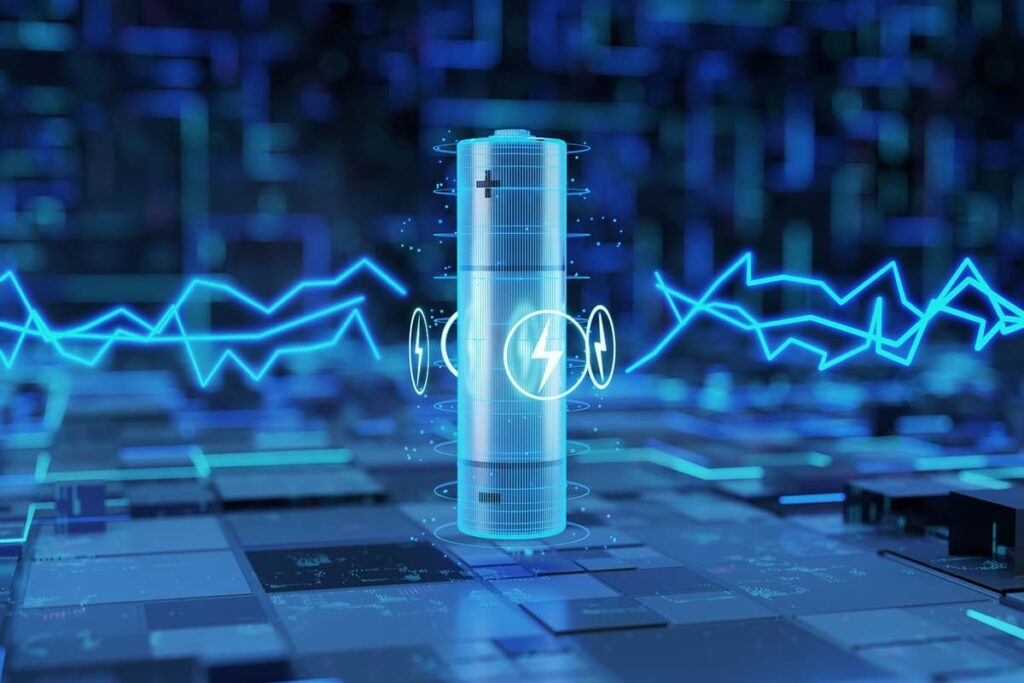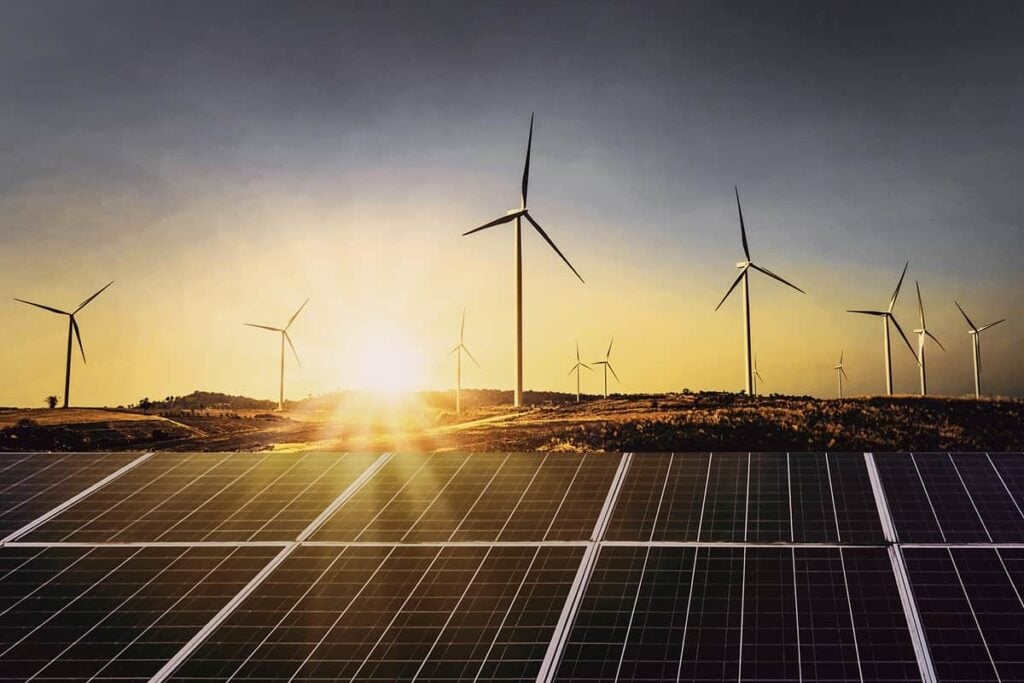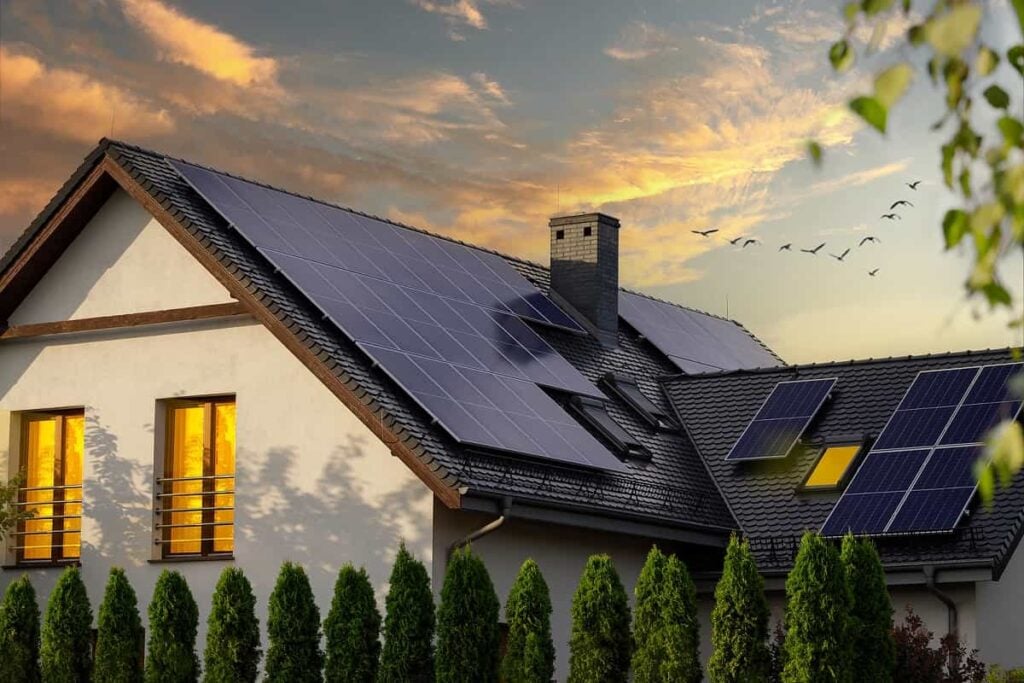Sakti3’s Solid State Lithium Batteries
Table of contents
Table of contents

Energy storage is a hot topic among investors these days. From electric cars to solar energy storage, some of today’s most disruptive technologies are being held back by archaic battery technologies. Take basic lithium-ion batteries for example, which haven’t changed dramatically since Sony first introduced them to consumers in 1991. The technology itself isn’t going anywhere, with Tesla preparing to build the largest lithium-ion battery production plant in the world. The focus is now on how to improve lithium ion batteries, and this involves focusing on any one of the three main components in a battery; the electrolyte, the anode or the cathode. One way forward is to develop solid-state lithium batteries which remove the need for electrolyte all together. Commercial interest in such a technology is strong, with Bosch recently agreeing to acquire a startup called Seeo which has been developing solid-state batteries based on a nano-structured polymer electrolyte. Another startup looking to take solid-state lithium batteries mainstream is Sakti3.
About Sakti3
Founded in 2008, Sakti3 has taken in $50 million in funding so far from the likes of General Motors, Dyson, and Khosla Ventures. Khosla was also an investor in Seeo before they were acquired by Bosch. Ann Marie Sastry, a former engineering professor at the University of Michigan, founded Sakti3 based on technology she had been developing for over 20 years. For those who are wondering about the origins of the name, Sakti is Sanskrit for “power,” and “3” is the atomic number of lithium.
Why Solid-State Batteries are Better
Using a liquid electrolyte in lithium-ion battery packs, such as those used in Tesla’s cars, requires a great deal of additional packaging to control temperature and for safety. This added packaging incurs additional cost, takes up more space, and increases weight. Solid-state batteries can improve both the battery lifetime and safety while at the same time dramatically increasing the amount of power stored in a given space. Solid-state batteries exist today, but are prohibitively expensive. According to an article this year in the Wall Street Journal in which Sakti3 CEO Ann Marie Sastry was interviewed:
Solid batteries already exist, though they tend to be tiny—just big enough to fit next to a microchip, providing backup power in case of interruption. Using current technologies, a solid battery large enough to power a cellphone would cost $15,000, if it could be built. And one big enough to power a car would cost $90 million. But, says Dr. Sastry, “We project being able to hit $100 per kilowatt-hour at scale. That’s less than half the cost of the incumbents.”
To put this in perspective, Tesla’s batteries currently cost around $500 a kilowatt-hour. Energy firm Frost & Sullivan believes that the best Tesla can do by the end of the decade is get down to $250 per kilowatt-hour.
Sakti3 says its solid-state cells will not only be cheaper but will more than double the energy density of today’s best Li-Ion batteries. Sakti3 batteries are produced using the same thin-film deposition process which is used to manufacture flat panel displays and solar cells. There is no liquid electrolyte used in the process unlike most commonly used lithium batteries. The first planned application for these solid-state batteries is expected to be consumer electronics.
Conclusion
While venture capitalist investors like Khosla have lots of opportunities to make bets on new battery technologies, not too many opportunities are available for retail investors who eagerly await the first IPO from a battery technology game-changer.
Sign up to our newsletter to get more of our great research delivered straight to your inbox!
Nanalyze Weekly includes useful insights written by our team of underpaid MBAs, research on new disruptive technology stocks flying under the radar, and summaries of our recent research. Always 100% free.
















Solid state batteries made “Using the same technology used to make large displays”………the problem with this is that you can charge $500+ for a display that is 1m2 in area. A solid state battery of 1m2 would have a capacity of about 1 Ahr… Or cell phone ish size. Typical cell phone battery replacements sell for $20-$30. So the technology being used will not produce the kind of returns possible for displays!!!!
I agree with you. Using the same thin-film deposition process used to produce flat panels doesn’t sound cheap at all but they claim it is economically viable to produce “cheaper” batteries.
The graph from Luxresearch looks kind of suspect to me. For the years up to and including 2014 a steady and significant price fall is illustrated (these costs are not normally published by the the manufacturers so are probably speculation to some extent at least). There is a large drop in price shown for 2015 but we are scarcely half way through that year so that must be even more speculative. Then the future years are shown with a much reduced fall in cost, based on what ? Those future years include the years for which the Gigafactory will be in operation and its sole purpose was to reduce cell cost so I would expect at least one step with a greater cost reduction, around 2017 would be my guess.
Thank you for the comment. Lux Research is a firm focused on trying to predict where things are heading and based on the price of their reports, a great deal of work goes into these predictions. As with other technologies like solar, chips, display, the price is always being pressured downwards. $100 per kilowatt-hour should show that a solid state battery has achieved a completely different baseline cost to produce due to the lack of electrolyte and consequently a simpler packaging. These ambitions sound promising but many others have gone bankrupt trying. Ambri recently cut staff. People are also speculating that Seeo was acquired “just in time to save themselves”.
And if they have a cell of 4V nom. a 1m2 battery is 4WHr. They claim a goal of $100 /kWhr which would mean that a 1m2 area cell will cost 40cents “at scale”. Ask anyone in display technology when they think a 1m2 area display will be selling for 40 cents!
There are reports of a 70% cost reduction in batteries from Teslas’s Giga-factory in the 2017 time frame not reflected in this graph. If this happens there will be massive investment into battery factories driving down the price even further.
Apologies. Please delete my earlier comment. For some reasons I thought the graph started from 2015. I see now that it starts from 2011.
No problem. We deleted it!
Now acquired by Dyson
http://www.xconomy.com/detroit-ann-arbor/2015/10/22/dyson-acquires-advanced-battery-startup-sakti3-for-90m/
What I know the batteries price for the Tesla mod 3 is now in 2017 allready as low as 100 $/ kilowatt-hour
Thank you for the comment Norbet